To view a year-by-year photo history of the changing face of the Wetland, click the button below.
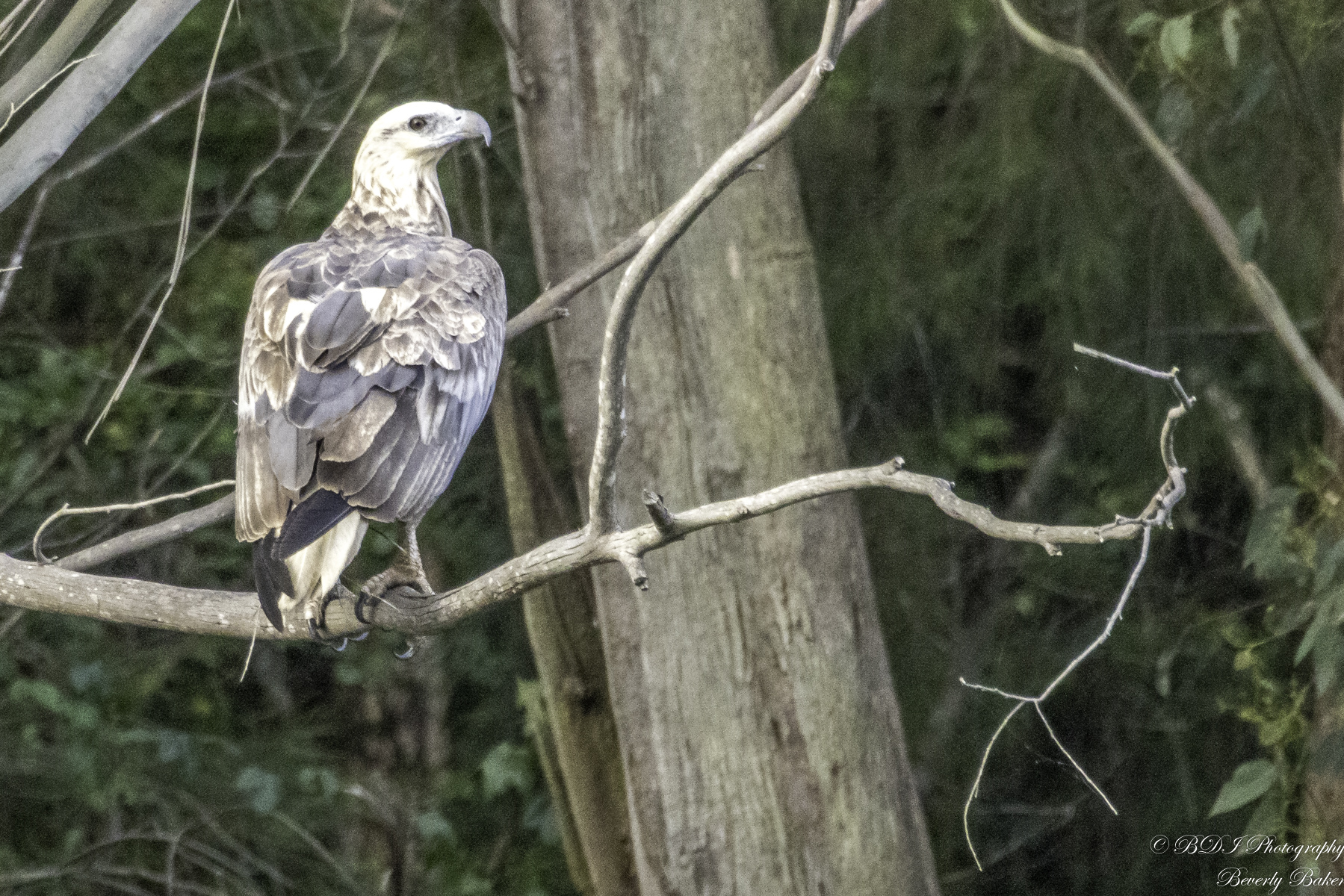
During this time the Wetland has faced many challenges. We have had the great floods (>10m) of 1975, 1978, 1986, 1988 (2), 1990, 1992, and 2021. The thirty-year gap between the last two reflects the forty-year cycle of wet and dry periods in the Sydney Basin. We may be entering a new wet period soon. Any flood over 3m overflows the riverbank and fills the Wetland from the River, bringing debris, seeds, weeds, and aquatic animals not native to the area. Fish survive and breed until the next drying-out, creating a rich food source which attracts pelicans, cormorants and sea eagles.
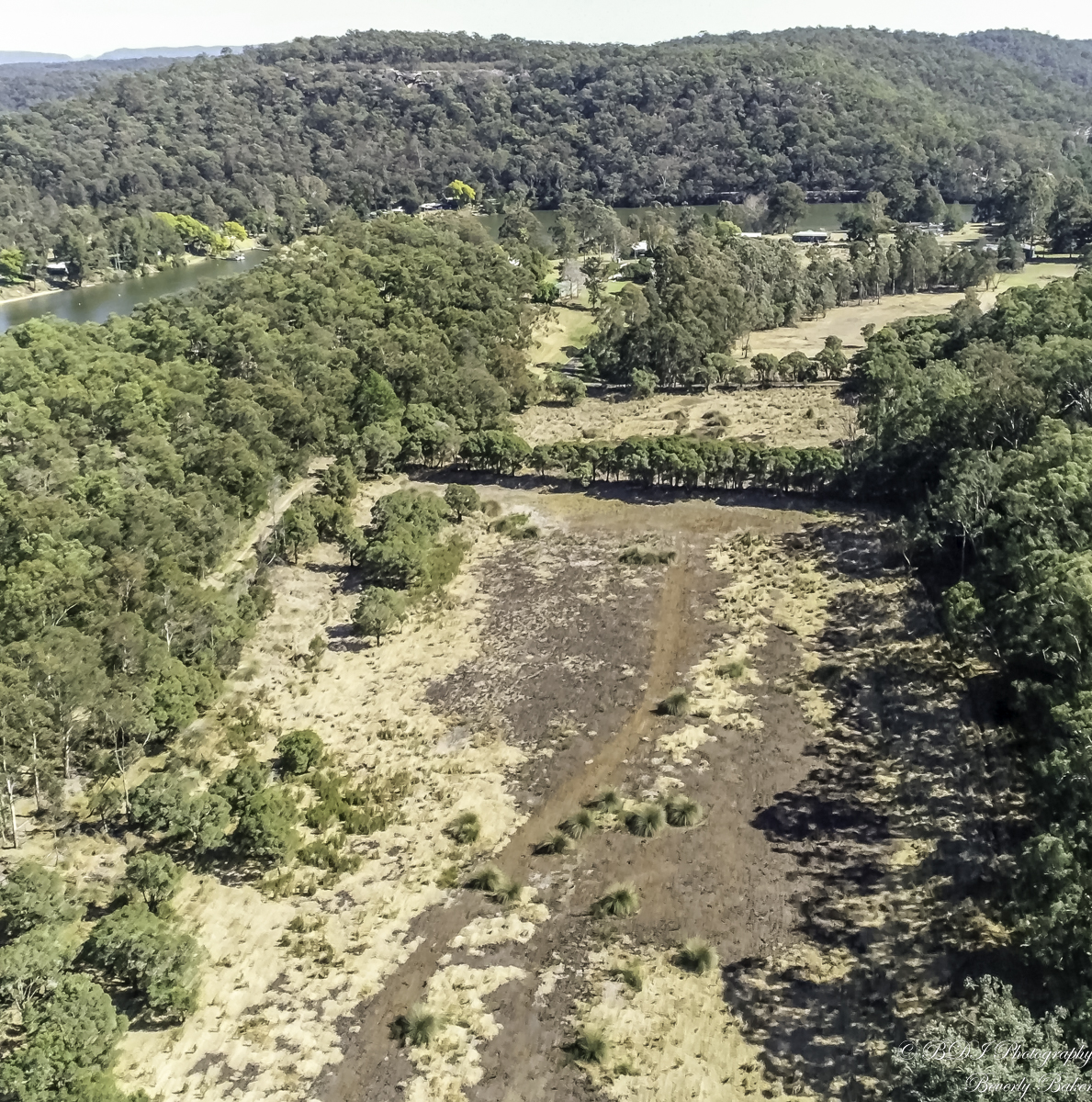
There have also been the great droughts of 1982-83, the Millennium Drought 1997-2009, and again in 2017-19. As a generally permanent wetland, Blundell’s Swamp can still be completely dry during severe drought (eg 2002-3), but is mostly present in very reduced form. Climate change can be expected to increase the severity of droughts and flooding.
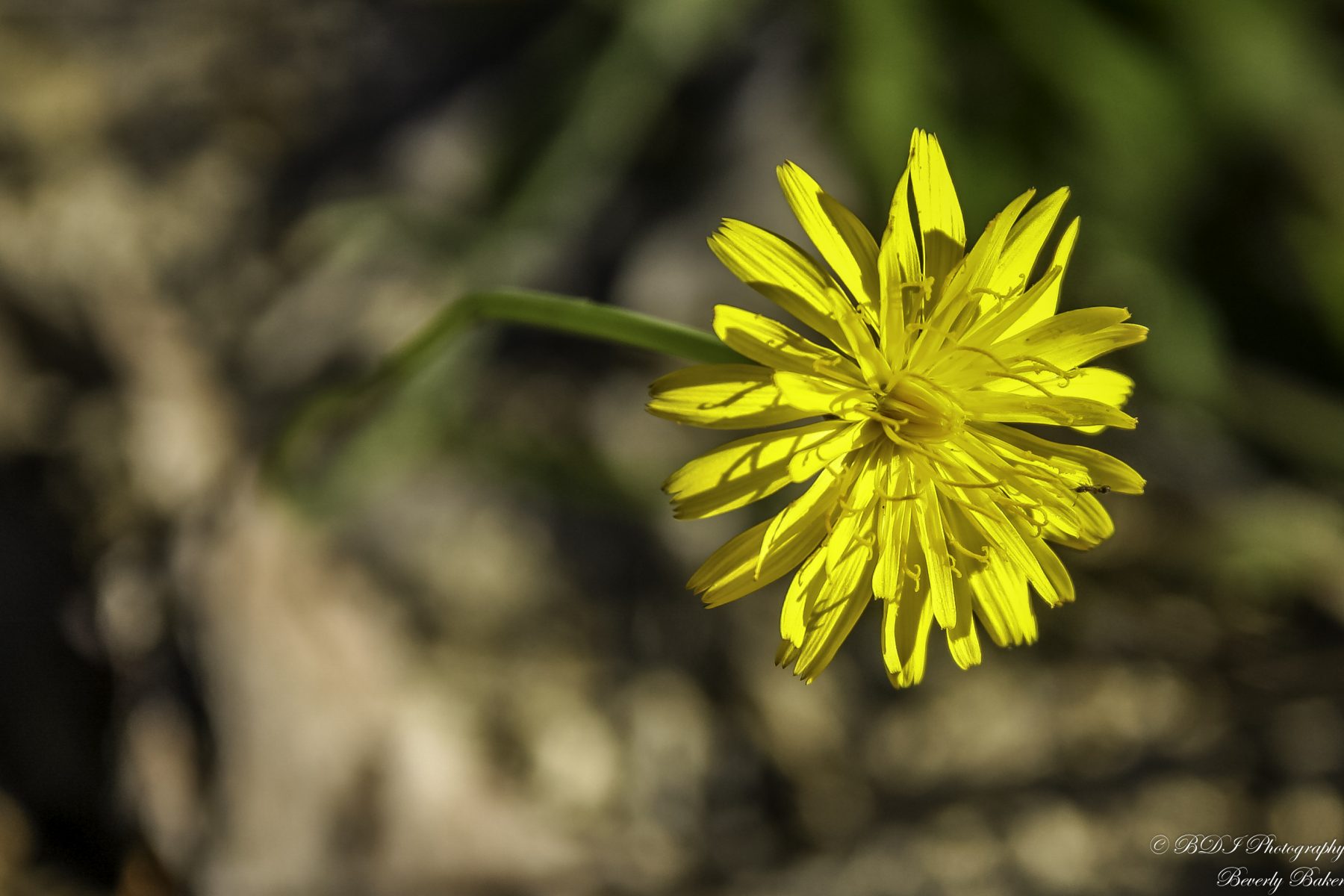
There have also been the battles with human adversaries. A Council-approved soil mine operated from 1978 into the early 1990s, devastating the headwaters. Long-abandoned agricultural drainage was re-opened by Council and neighbours in 1990, completely draining the Wetland. A vicious dispute raged for several years, ending not in victory, but in a hostile standoff broken only by continuing skirmishes. The current maximum water level stands at 2.1m, 0.84m below the natural maximum of 2.94m.
Another neighbour started a horse-riding business in 1980 on 3ha, using our land as horse trails. This caused a massive incursion of weeds on the flat, especially lantana, paspalum, and pampas grass continuing until today and deep eroded gullies on the hillsides. More recently a neighbour’s unfenced goats caused major destruction of bushland and had to be removed by hunters when all requests were ignored. All of these threats have been countered by hard-fought campaigns, the personal and financial costs of which have been borne by individuals.
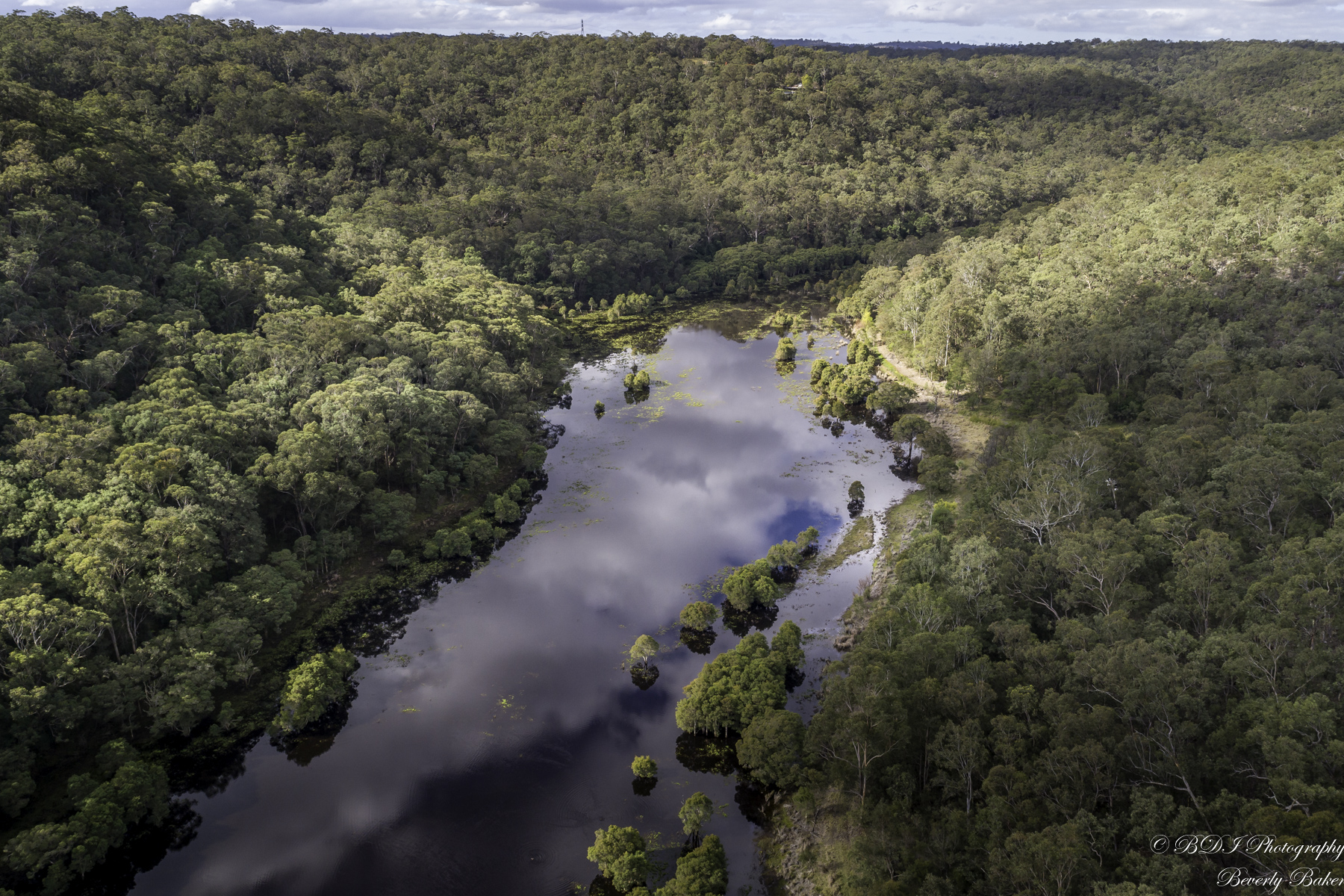
Recognising the need to protect our Wetland from continuing threats, we have tried to purchase as much of the catchment as possible. As a completely unfunded organisation dependent entirely on member contributions, our only avenue to do this is by land-swap or sale of land outside the catchment. A recent attempt to get Council approval for two such initiatives was rejected out of hand for the flimsiest of reasons, despite the costly involvement of planning consultants, surveyors, and lawyers.
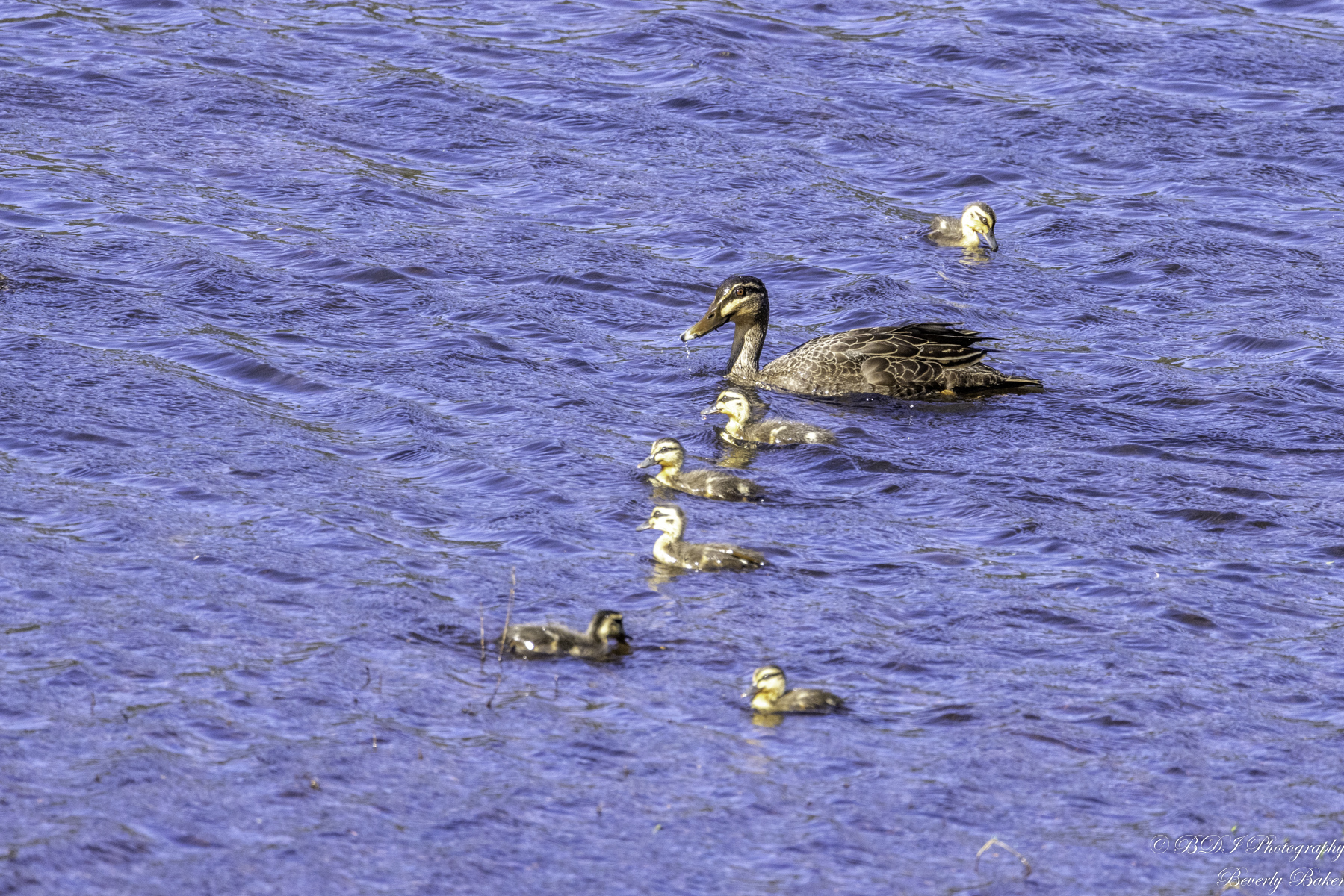
Being a custodian is a hard, expensive, and frustrating experience, but we are as determined as ever that this, one of the last remaining relatively intact wetlands in the Hawkesbury, will continue to be protected.